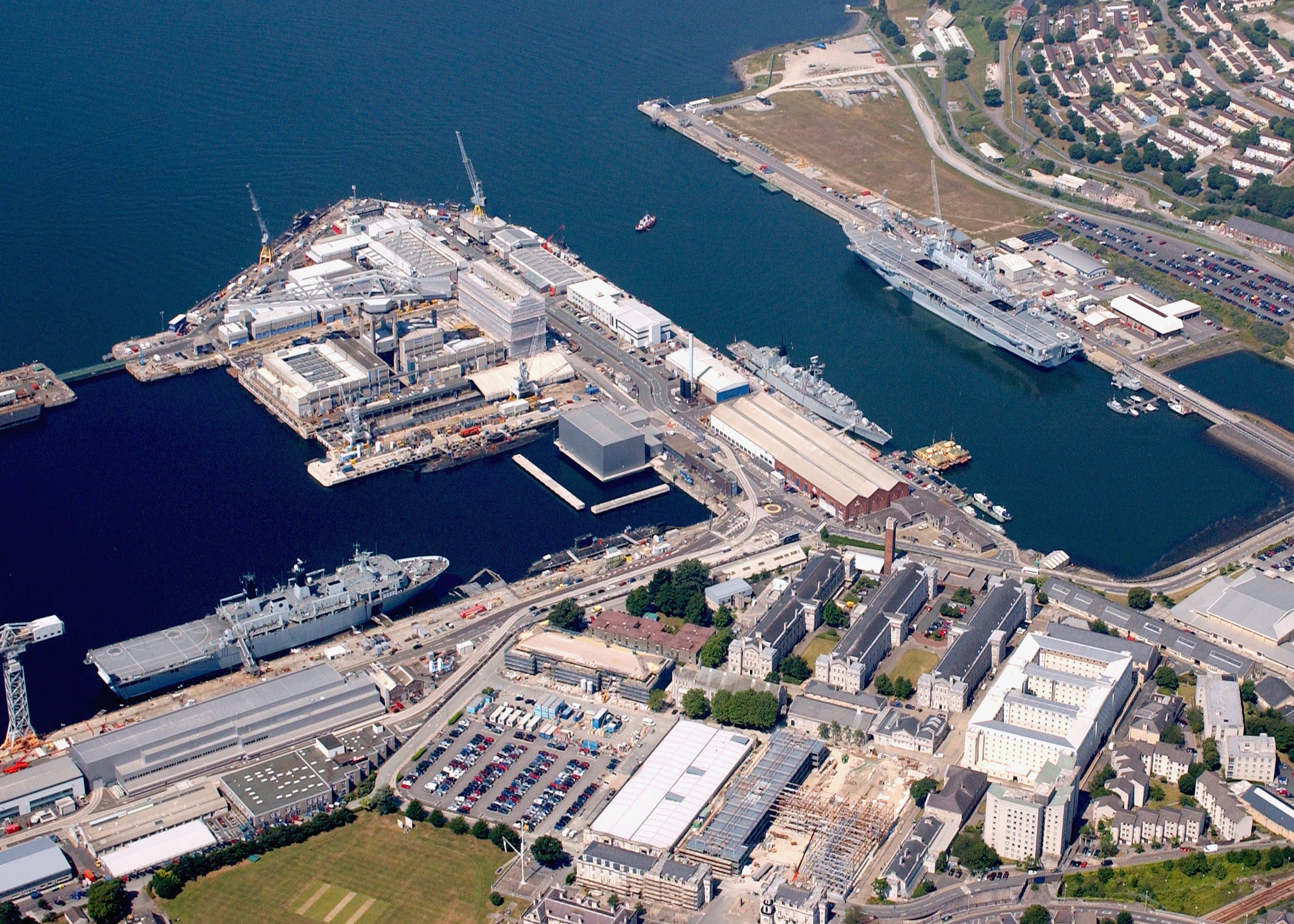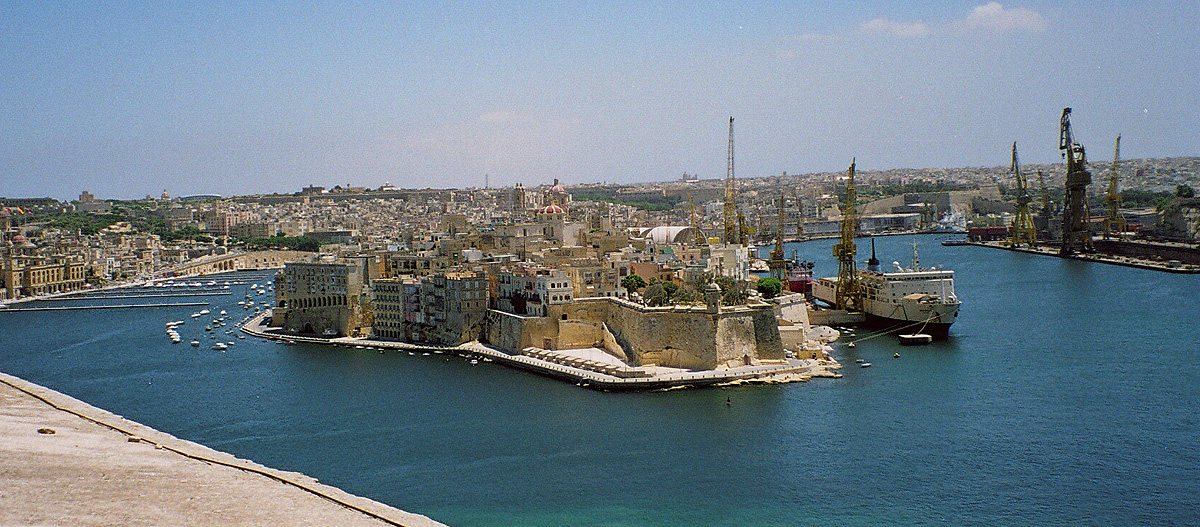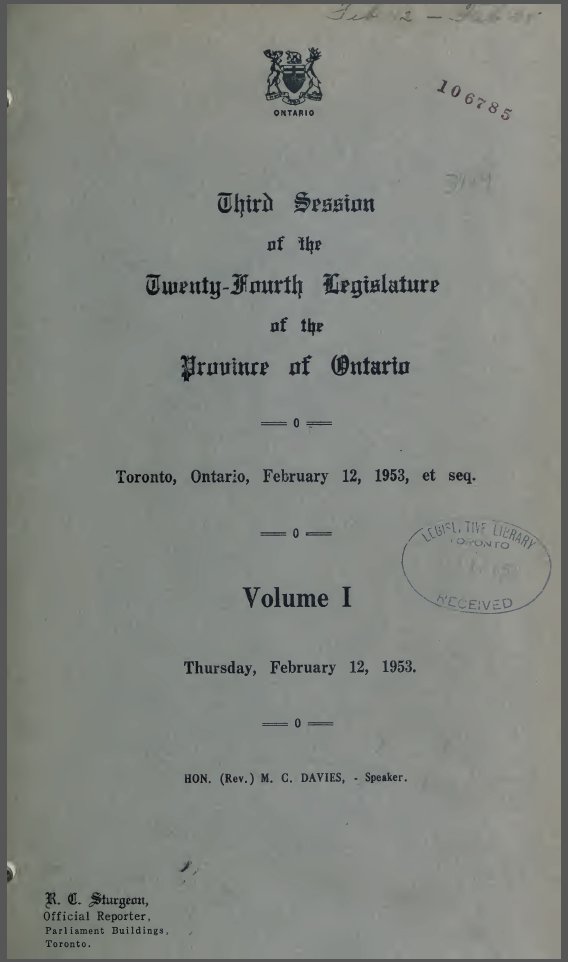|
Admiral-superintendent
The admiral-superintendent was the Royal Navy officer in command of a larger Naval Dockyard. Portsmouth, Devonport and Chatham all had admiral-superintendents, as did some other dockyards in the United Kingdom and abroad at certain times. The admiral-superintendent usually held the rank of rear-admiral. His deputy was the captain of the dockyard (or captain of the port from 1969). Some smaller dockyards, such as Sheerness and Pembroke, had a captain-superintendent instead, whose deputy was styled commander of the dockyard. The appointment of a commodore-superintendent was also made from time to time in certain yards. The appointment of admiral-superintendents (or their junior equivalents) dates from 1832 when the Admiralty took charge of the Royal Dockyards. Prior to this larger dockyards were overseen by a commissioner who represented the Navy Board. In the Royal Naval Dockyards, admiral-superintendents ceased to be appointed after 15 September 1971, and existing post-hold ... [...More Info...] [...Related Items...] OR: [Wikipedia] [Google] [Baidu] |
Pembroke Dockyard
Pembroke Dockyard, originally called Pater Yard, is a former Royal Navy Dockyard in Pembroke Dock, Pembrokeshire, Wales. History It was founded in 1814, although not formally authorized until the George IV of the United Kingdom, Prince Regent signed the necessary Order in Council on 31 October 1815, and was known as ''Pater Yard'' until 1817. The Mayor of Pembroke had requested the change "in deference to the town of Pembroke, Pembrokeshire, Pembroke some distant". The site selected for the dockyard was greenfield land and the closest accommodations were in Pembroke. Office space was provided by the old frigate after she was Beaching (nautical), beached. The Royal Marine garrison was housed in the Hulk (ship type), hulked 74-gun ship, , after she was run aground in 1832. Many of the workmen commuted by boat from nearby communities until Pembroke Dock town was built up. In 1860 the dockyard's policing was transferred to the new History of the Ministry of Defence Police#1860: T ... [...More Info...] [...Related Items...] OR: [Wikipedia] [Google] [Baidu] |
HMNB Devonport
His Majesty's Naval Base, Devonport (HMNB Devonport) is one of three operating bases in the United Kingdom for the Royal Navy (the others being HMNB Clyde and HMNB Portsmouth) and is the sole nuclear repair and refuelling facility for the Royal Navy. HMNB Devonport is located in Devonport, Devon, Devonport, in the west of the city of Plymouth, England. The base began as a Royal Navy Dockyard in the late 17th century, designed and built on open ground by Edmund Dummer (naval engineer), Edmund Dummer as an integrated facility for the repair and maintenance of warships, centred on his pioneering stone dry dock (one of the earliest stepped docks in the world). Over the next two centuries it expanded, reaching its present extent in the 20th century. Historically, the yard was also used for shipbuilding: over 300 naval vessels were built there, the last being HMS Scylla (F71), HMS ''Scylla'' (launched in 1968). The yard was known as HM Dockyard, Plymouth until 1843, when it was ren ... [...More Info...] [...Related Items...] OR: [Wikipedia] [Google] [Baidu] |
Rosyth Dockyard
Rosyth Dockyard is a large Royal Navy Dockyard, naval dockyard on the Firth of Forth at Rosyth, Fife, Scotland, owned by Babcock Marine, which formerly undertook refitting of Royal Navy surface vessels and submarines. Before its privatisation in the 1990s it was formerly the Royal Naval Dockyard Rosyth. Its primary role now is the dismantling of decommissioned nuclear submarines. It is also the integration site for the Royal Navy's newest aircraft carriers, the as well as the Type 31 frigate, Type 31 Frigate. History Construction of the dockyard by civil engineers Easton, Gibb & Son commenced in 1909. At the time, the Royal Navy was strengthening its presence along the eastern seaboard of Great Britain due to a Anglo-German naval arms race, naval arms race with Germany. First World War * In 1903 approval was given with an estimated cost of £3 million for "works" and £250,000 for machinery spread over 10 years. The site consisted of of land, of foreshore, and the main bas ... [...More Info...] [...Related Items...] OR: [Wikipedia] [Google] [Baidu] |
Port Admiral
Port admiral is an honorary rank in the United States Navy, and a former appointment in the British Royal Navy. Royal Navy In British naval usage, the term 'port admiral' had two distinct (and somewhat contradictory) meanings, one generic, one specific. Generic use Historically, 'port admiral' was used as a generic term for the senior naval officer having authority over all commissioned ships and naval personnel stationed at a particular home base or anchorage. (Those appointed as Flag Officers Commanding or Commanding-in-Chief of a particular area or Fleet often functioned as the local port admiral in this sense.) By this definition, the port admiral did not have oversight of the local Royal Navy Dockyard (if any); Dockyards (including ships laid up ' in ordinary') were overseen by an independent official: usually a resident Commissioner appointed by the Navy Board (prior to 1832) or an Admiral-superintendent appointed by the Admiralty (1832-1971). The distinction is seen in ... [...More Info...] [...Related Items...] OR: [Wikipedia] [Google] [Baidu] |
HMNB Portsmouth
His Majesty's Naval Base, Portsmouth (HMNB Portsmouth) is one of three operating bases in the United Kingdom for the Royal Navy (the others being HMNB Clyde and HMNB Devonport). Portsmouth Naval Base is part of the city of Portsmouth; it is located on the eastern shore of Portsmouth Harbour, north of the Solent and the Isle of Wight. For centuries it was officially known as HM Dockyard, Portsmouth: as a Royal Navy Dockyard, Portsmouth functioned primarily as a state-owned facility for building, repairing and maintaining warships; for a time it was the largest industrial site in the world. From the 1970s, the term 'Naval Base' began to be used for Portsmouth (and other Royal Dockyards), acknowledging a greater focus on personnel and support elements alongside the traditional industrial emphases. In 1984 Portsmouth's Royal Dockyard function was significantly downsized and downgraded, and was formally renamed the 'Fleet Maintenance and Repair Organisation' (FMRO). The FMRO was priv ... [...More Info...] [...Related Items...] OR: [Wikipedia] [Google] [Baidu] |
Admiral-superintendent, Portsmouth
The Admiral-superintendent, Portsmouth was the Royal Navy officer in command of the Naval Dockyard. Portsmouth from 1832 to 1971; prior to this date a resident Commissioner of the Navy Board had had oversight of the yard, since 1649. In May 1971 command responsibility for naval staff in the dockyard was merged into the wider local command structure, initially under the dual designation of Flag Officer, Portsmouth and Admiral Superintendent, Portsmouth but in July 1971 was again renamed Flag Officer Spithead and Port Admiral Portsmouth after a couple of months. These joint titles was used until 1975, and despite the name change the command still covered the same geographic area and operational responsibilities until 1996 when its ceased to exist as a separate command appointment and its responsibilities were assumed by the staff of Flag Officer First Flotilla. History From 1546 until 1832 prime responsibility for administering H.M. Royal Navy Dockyards lay with the Navy Board, ... [...More Info...] [...Related Items...] OR: [Wikipedia] [Google] [Baidu] |
Chatham Dockyard
Chatham Dockyard was a Royal Navy Dockyard located on the River Medway in Kent. Established in Chatham, Kent, Chatham in the mid-16th century, the dockyard subsequently expanded into neighbouring Gillingham, Kent, Gillingham; at its most extensive (in the early 20th century) two-thirds of the dockyard lay in Gillingham, one-third in Chatham. It came into existence at the time when, following the English Reformation, Reformation, relations with the Catholic countries of Europe had worsened, leading to a requirement for additional defences. Over 414 years Chatham Royal Dockyard provided more than 500 ships for the Royal Navy, and was at the forefront of shipbuilding, Industrial technology, industrial and British industrial architecture, architectural technology. At its height, it employed over 10,000 skilled artisans and covered . Chatham dockyard closed in 1984, and of the Georgian dockyard is now managed as the Chatham Historic Dockyard visitor attraction by the Chatham Histori ... [...More Info...] [...Related Items...] OR: [Wikipedia] [Google] [Baidu] |
Navy Board
The Navy Board (formerly known as the Council of the Marine or Council of the Marine Causes) was the Regulatory agency, commission responsible for the day-to-day civil administration of the Royal Navy between 1546 and 1832. The board was headquartered within the Navy Office (Royal Navy), Navy Office. History The origins of the Navy Board can be traced back to the 13th century via the office Keeper of the King's Ports and Galleys, later known as the Clerk of the Acts, Clerk of the King's Ships. The management of the navy expanded with the Keeper of the Storehouses, appointed in 1514, and the Comptroller of the Navy (Navy Board), Clerk Comptroller in 1522. The Lieutenant of the Admiralty, Treasurer of the Navy, Treasurer of Marine Causes and Surveyor of the Navy, Surveyor and Rigger of the Navy were all added in 1544, and a seventh officer, the Tudor navy, Master of Naval Ordnance, was added a year later. By January 1545, this group was already working as a body known as the Counc ... [...More Info...] [...Related Items...] OR: [Wikipedia] [Google] [Baidu] |
Royal Navy
The Royal Navy (RN) is the naval warfare force of the United Kingdom. It is a component of His Majesty's Naval Service, and its officers hold their commissions from the King of the United Kingdom, King. Although warships were used by Kingdom of England, English and Kingdom of Scotland, Scottish kings from the early Middle Ages, medieval period, the first major maritime engagements were fought in the Hundred Years' War against Kingdom of France, France. The modern Royal Navy traces its origins to the English Navy of the early 16th century; the oldest of the British Armed Forces, UK's armed services, it is consequently known as the Senior Service. From the early 18th century until the World War II, Second World War, it was the world's most powerful navy. The Royal Navy played a key part in establishing and defending the British Empire, and four Imperial fortress colonies and a string of imperial bases and coaling stations secured the Royal Navy's ability to assert naval superior ... [...More Info...] [...Related Items...] OR: [Wikipedia] [Google] [Baidu] |
Commander In Chief, North Atlantic
The Flag Officer Commanding, North Atlantic was an operational commander of the Royal Navy between 1939 and 1943. His subordinate units, establishments, and staff were charged with the administration of the RN Naval Base, Gibraltar and North Atlantic geographic area. The admiral commanding's post later became the Flag Officer Gibraltar. History became a receiving ship at Gibraltar in 1889. She became a flag ship when Rear-Admiral Sir William Acland hoisted his flag on board the ''Cormorant'' when he was appointed Admiral Superintendent of the HM Dockyard Gibraltar in October 1902. ''Cormorant'' remained the ship to which personnel serving not in other capacities in Gibraltar during the Second World War were attached to. In December 1940 Admiral Sir Dudley North became Rear Admiral-in-Charge, Gibraltar ater: Flag Officer Commanding North Atlantic& Admiral Superintendent HM Dockyard, Gibraltar. The renamed Flag Officer Commanding North Atlantic had responsibility for the s ... [...More Info...] [...Related Items...] OR: [Wikipedia] [Google] [Baidu] |
Malta Dockyard
Malta Dockyard was an important naval base in the Grand Harbour in Malta in the Mediterranean Sea. The infrastructure which is still in operation is now operated by Palumbo Shipyards. History Pre-1800 The Knights of Malta established dockyard facilities within the Grand Harbour to maintain their fleet of galleys. These were spread between the cities of Senglea, Cospicua and Vittoriosa. 19th century When Malta became a British protectorate in 1800, these facilities were inherited, and gradually consolidated, by the Royal Navy. With the loss of Menorca, Malta swiftly became the Navy's principal Mediterranean base. The Royal Navy Dockyard was initially located around Dockyard Creek in Bormla, and occupied several of the dockyard buildings formerly used by the Knights of Malta. By 1850 the facilities included storehouses, a Ropewalk, ropery, a small steam factory, Victualling Commissioners, victualling facilities, houses for the officers of the Yard, and most notably a dry dock&n ... [...More Info...] [...Related Items...] OR: [Wikipedia] [Google] [Baidu] |
Hansard
''Hansard'' is the transcripts of parliamentary debates in Britain and many Commonwealth of Nations, Commonwealth countries. It is named after Thomas Curson Hansard (1776–1833), a London printer and publisher, who was the first official printer to the Parliament of the United Kingdom, Parliament at Westminster. Origins Though the history of the ''Hansard'' began in the British Parliament, each of Britain's colonies developed a separate and distinctive history. Before 1771, the British Parliament had long been a highly secretive body. The official record of the actions of the House was publicly available but there was no record of the debates. The publication of remarks made in the House became a breach of parliamentary privilege, punishable by the two Houses of Parliament (UK), Houses of Parliament. As the populace became interested in parliamentary debates, more independent newspapers began publishing unofficial accounts of them. The many penalties implemented by the governmen ... [...More Info...] [...Related Items...] OR: [Wikipedia] [Google] [Baidu] |






